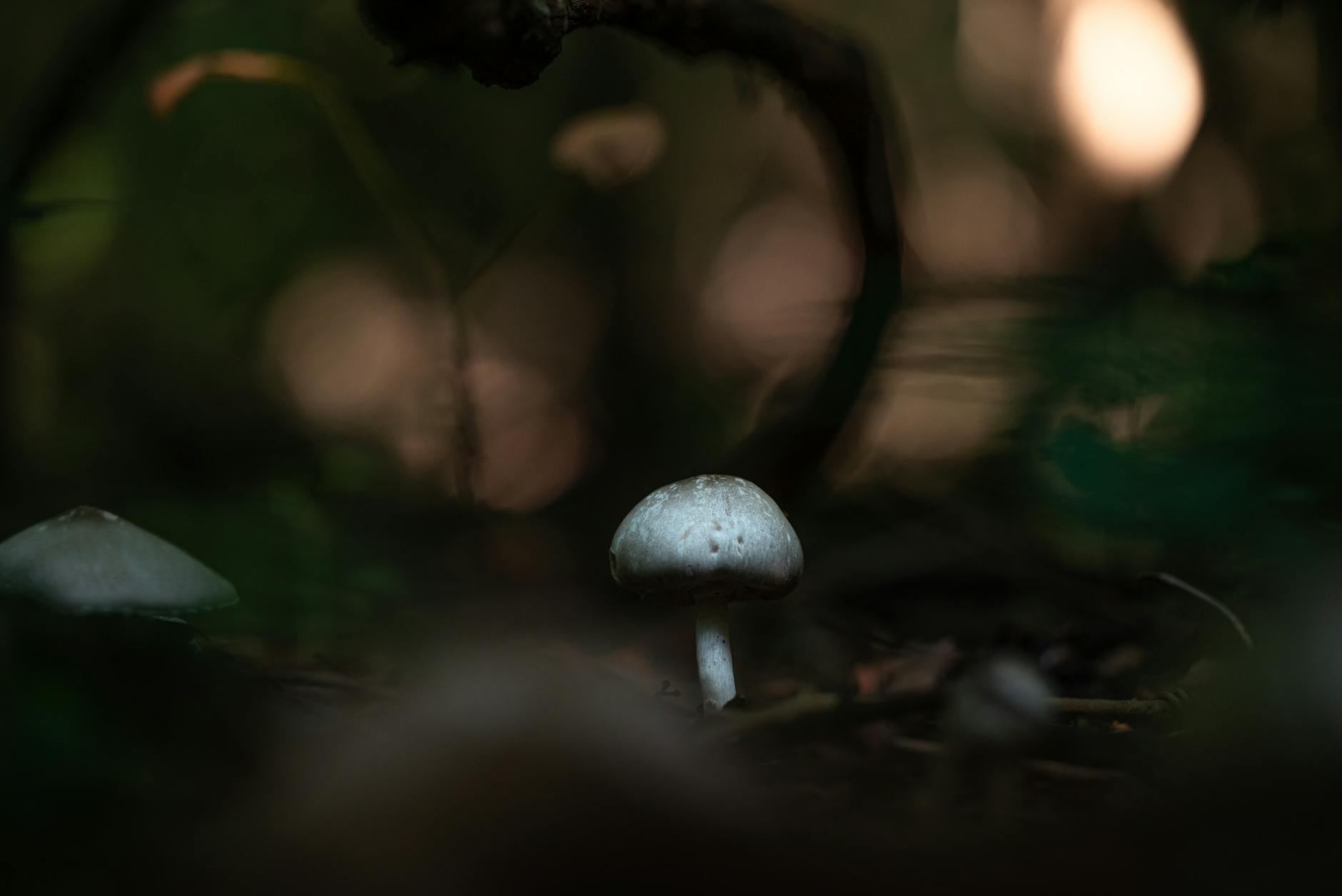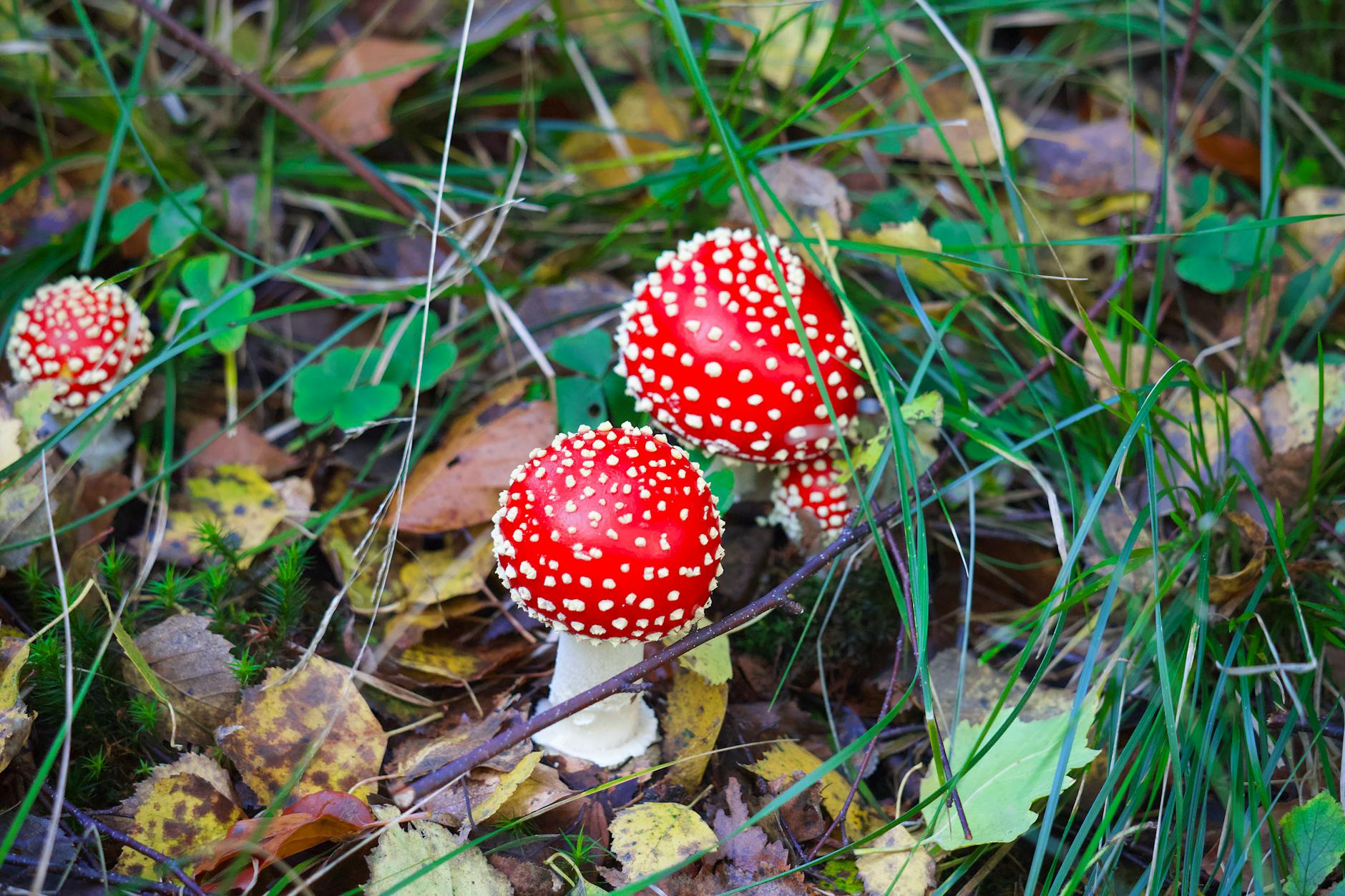In recent years, mushroom foraging has gained popularity as an outdoor activity that connects individuals with nature and provides a sense of adventure. While foraging for mushrooms can be a rewarding experience, it is crucial to be aware of the risks involved. In this article, we will explore essential tips for safe mushroom harvesting to ensure that your foraging expedition is both enjoyable and risk-free.
Understanding the Risks
Before embarking on a mushroom foraging adventure, it is essential to understand the potential risks associated with harvesting wild mushrooms. Mistaking toxic mushrooms for edible ones can have severe consequences, ranging from mild gastrointestinal distress to organ failure or even death. Some poisonous mushrooms closely resemble edible varieties, making it challenging for inexperienced foragers to differentiate between them.
Research and Education
One of the most important tips for safe mushroom foraging is to educate yourself about the different types of mushrooms that grow in your area. Invest time in studying guidebooks, attending workshops, or joining mushroom foraging groups led by experienced experts. Learning to identify key features of both edible and toxic mushrooms will significantly reduce the risk of accidental ingestion of poisonous species.
Choose Your Foraging Grounds Wisely
When selecting a location for mushroom foraging, opt for areas that are free from potential contaminants such as pesticides, industrial pollution, or heavy metals. National parks, nature reserves, and organic farms are excellent choices for safe and sustainable harvesting. Avoid picking mushrooms near roadsides or areas that may have been exposed to harmful chemicals.
Use Appropriate Gear
Equipping yourself with the right gear is essential for a safe and successful mushroom foraging expedition. Invest in a good quality basket or mesh bag to collect mushrooms, as it allows for spore dispersal and prevents the mushrooms from becoming slimy. Additionally, carry a sharp knife and brush to help you cut and clean the mushrooms effectively without damaging them.
Know When to Say No
If you are uncertain about the identity of a mushroom you have foraged, it is crucial to err on the side of caution. Never consume a mushroom unless you are 100% certain of its edibility. When in doubt, consult with a knowledgeable mycologist or experienced forager who can help you identify the mushroom in question.
Practice Sustainable Foraging
Lastly, it is essential to practice sustainable foraging techniques to ensure the longevity of mushroom populations in the wild. Avoid over-harvesting mushrooms from a single area and only pick what you intend to use. Respect nature by leaving untouched mushrooms to continue their role in the ecosystem and contribute to the biodiversity of the environment.
In conclusion, mushroom foraging can be a fulfilling and enriching experience when done safely and responsibly. By educating yourself about the risks, conducting thorough research, choosing the right foraging grounds, using appropriate gear, knowing when to say no, and practicing sustainability, you can enjoy the bounty of nature while minimizing potential hazards. Remember, when it comes to mushroom foraging, safety should always be your top priority. Happy foraging!


